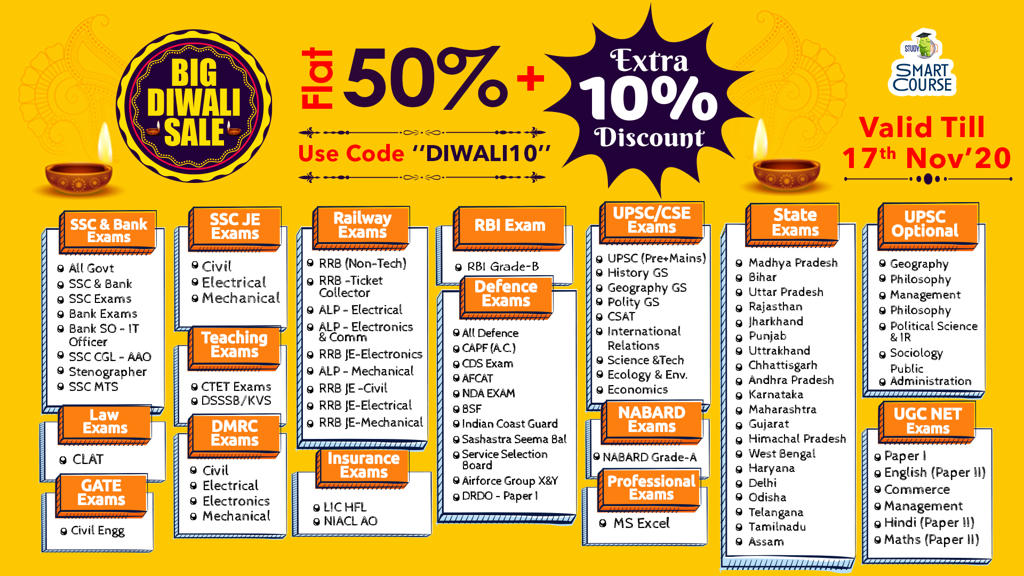Table of Contents
PROTEST
- The ongoing protests by farmers have brought all train services to a halt in Punjab. As a result, supplies to not just that state, but also to the Union Territories of Jammu and Kashmir and Ladakh, have been cut off.
- Unlike in other states such as Rajasthan or Haryana – which have seen several “rail-roko” agitations in recent years – in Punjab, train services cannot be diverted to other routes to get around blockades.
CONNECTIVITY
- To the west of Punjab is Pakistan and to the east, Himachal Pradesh. Entry and exit is only through a few strategically developed junctions that are the nerve centres of the entire railway connectivity in the state. These junctions are crucial to transporting both supplies and passengers.
A narrow gateway
- Ambala Cantonment junction in Haryana is the main gateway to Punjab for the broad gauge line. From Ambala, the line goes into the heart of Punjab, passing through the cities of Ludhiana, Jalandhar, and up to Amritsar.
- The railway line runs almost parallel to the old Grand Trunk Road, following a historical pattern of movement of goods and people.
JAMMED
- An alternative route is the so called “SPR” or South Punjab Railway route which enters Punjab through Rohtak and Jakhal in Haryana and, via Bathinda, goes to the Indo-Pakistan border town of Fazilka and places like Firozpur.
- There is also the “DUK” or Delhi-Ambala-Kalka route that goes through Chandigarh.
- The railway network that services Punjab and by extension, Jammu and Kashmir, hinges on these three gateways and routes. Interruptions on these two to three vertical lines can snap supplies in Punjab – that is what has happened now.
PUNJAB PROTESTS
- Although there are two other lines coming out of Bathinda – a six-line junction – to the south, one to Hissar in Haryana and another to Suratgarh in Rajasthan, these lines are not counted as usual Punjab routes because of operational constraints.
- For starters, they are single-line, old sections. Besides, from an operations point of view, they are not practicable.
PUNJAB PROTESTS
- For that matter, on paper, one more line links Bathinda with Sri Ganga Nagar City junction in Rajasthan, but that is informally termed a “one way” line because it has no direct connection with the main line.
- And unlike cars, trains cannot turn around midway or meander at will. So, even if there is a train line, it does not automatically translate into a “route” for a particular place.
Commerce-based network
- More than passengers, railway lines in Punjab have developed and evolved essentially in response to the needs of freight movement.
- The Ambala route, known as the “B” route in the Railways (the “A” route runs through Kanpur and Allahabad) is the traditional route of the Punjab Mail, one of the oldest trains in the Indian Railways network. This line, which passes through Ambala, Saharanpur, Moradabad, and Lucknow, is used to ferry coal from eastern India to the five thermal power plants in Punjab.
Commerce-based network
- Twenty-eight kilometres after Ambala is Rajpura Junction in Punjab, which is the railhead for the Bathinda-Rajpura line. In between Bathinda and Rajpura is the important junction of Dhuri.
- Touching Dhuri, Jakhal, Bhatinda, Rajpura and Ludhiana, the lines make an hourglass shape, which is the heart and soul of freight movement in Punjab.
Commerce-based network
- On the Bathinda-Jakhal line lies Vedanta’s power plant in Talwandi Sabo. Around 60 km from Rajpura is Nabha, where Larsen and Toubro has its power plant.
- Further north, a small line emanates from Amritsar to Beas to service the power plant of the GVK group.
Commerce-based network
- To the west, the Bathinda-Rajpura line is crucial to feed the foodgrains belt. The Dhuri-Ludhiana-Jakhal line, cutting through the west of the state, is the main feeder line for containers carrying materials meant for exports, especially to and from the Ludhiana hosiery belt.
- It is used to reach ports on India’s west coast, such as JNPT and Pipavav. It will also feed the upcoming Western Dedicated Freight Corridor.
Latest Burning Issues | Free PDF























 WhatsApp
WhatsApp